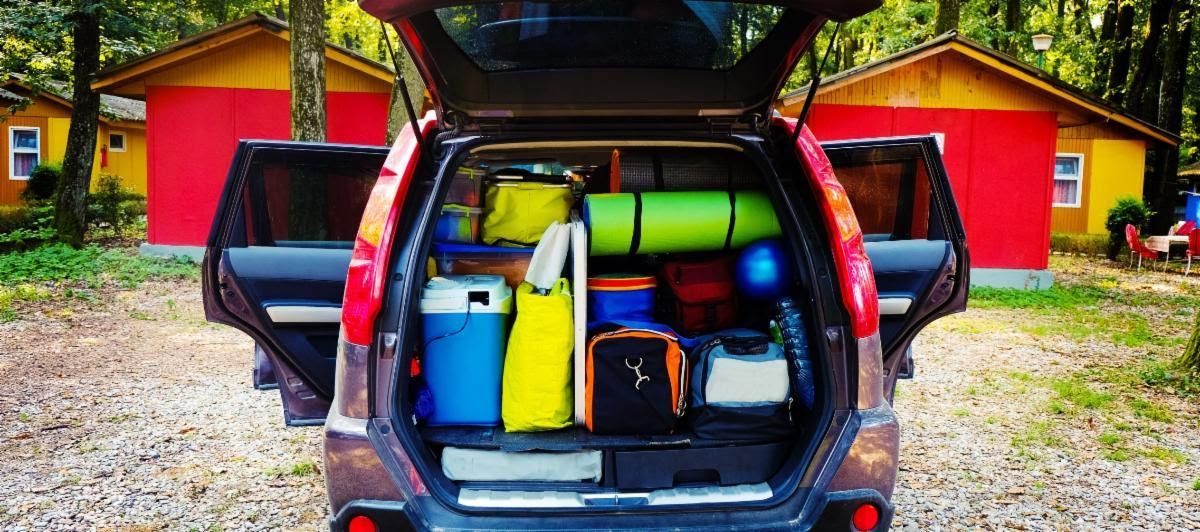Enjoying Outside, Inside: When You'd Rather Be Camping

If you’re a fan of hiking, camping, and backpacking like me, you can probably relate to the antsy feeling of being stuck inside. Of course, there will always be times when we have to say home, whether it’s due to scheduling, responsibilities, finances, or weather. Whatever the case may be, here is a list of fun and productive things to help you prepare for your next adventure, all from the comfort of home.
- Clean out and reorganize your camping bins or gear. You know the bin- maybe it’s in your garage, or tucked away in the back of a closet, but take this as a sign that it’s time to dig it out and see what’s inside. Use any food that’s close to expiring, update your first aid kit, patch any holes in your tent or sleeping pads, and give some items a good wash.
- Test out some homemade backpacking or camping meals. Store-bought dehydrated backpacking meals can really add up and aren’t always the most nutritious. Making your own can be a fun, money saving activity that allows you to get as creative as you want with your backpacking meals. These dehydrating tips are a good place to start. When camping, take advantage of the additional ingredients and kitchen tools to try something new (or even, dare I say, gourmet?). These recipes from Fresh Off the Grid put a fun spin on camping classics, and these recipes from Bon Appetit look restaurant worthy.
- Plan your next trip primarily using a paper map. While virtual mapping and route planning resources are amazing and have made backcountry exploration much more convenient and accessible, they aren’t necessarily a replacement for physical maps. Improving your map reading skills using physical maps can help improve your trail navigation, give you a better feel for the landscape, and act as a safety measure. Here’s a helpful guide on how to read a topographic map, and a backpacker’s guide to maps to get you started.
- Take a wilderness first responder course. It’s important to recognize that when we get a little distance from civilization to immerse ourselves in the natural world, help isn’t always readily available when bad things happen. Being prepared with safety skills in the backcountry means you’re taking responsibility for not only your own life but also those you’re with. Sierra Club offers a Wilderness First Aid Class and National Outdoor Leadership School offers a Wilderness First Responder Course.
- Make some Do-It-Yourself camping tools. This is a great activity to do with kids and can save both time and money. There are tons of camping DIYs online, but a few I like include this homemade citronella candle, this hot food cozy, and these fire starters.
- Take a virtual tour of a National Park. While it’s always better to experience our nation’s natural and geologic wonders in person, today’s technology allows us to see some of these glorious landscapes without even getting in the car. Since it’s unlikely that most of us will visit every natural wonder we want to, this is an amazing opportunity.
-Eliana Thompson; ethompson@tuleyome.org
RECENT ARTICLES






